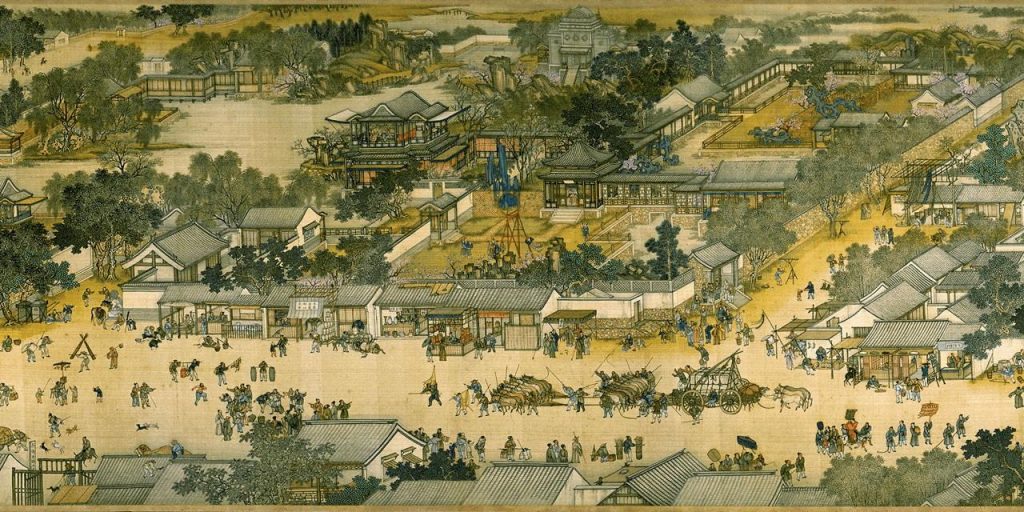CHINESE PAINTING
3 min readChinese painting originated over 5, 000 years ago. Steeped in Chinese history,literature and philosophy, Chinese painting is different from that of the West in its motifs, form and technique.presented in inked lines and dots, rather than through color, proportion and perspective.
Chinese paintings are created using brush pens apens made of a penholder and a pen head. The penholder is usually made of bamboo or wood while the pen head is made of animal hair typically wolf or sheep. The brush heads are soft and flexible, and match well with the delicate silk and paper are used as the “canvas” in Chinese paintings.

Chinese paintings fall into three main categories: characters, landscapes and flowers itions, character painting is the oldest, dominating the scene until the end of the Tang dynasty. Landscape paintings were generally of mountains and ater, which cion of seeking solitude within nature. lands became a favorite subject of artists and would become a dominant subject by the 11th chinese say a place is the ideal of natural beauty, they 11 say cains and water. During the 9th century, a separate genre of flower and bird eaintings evolved included detailed paintings of birds, fruits, insects and flowers. Some of these works are incredibly detailed and lively ladies, the Beauties Wearing Flowers.an avnres Ancient Chinese painters used paintings as an expression of their sentiments rather than merely reproducing the world on paper. From the 10th century onwards, many painters were also multi-talented- poets and calligrapher, who etched poems or descriptive words onto their work. It would be natural that many of the great painters also excelled at calligraphy as it shared many of the brushstroke techniques with Chinese painting. Chinese calligraphy in itself is considered an art that requires years to master.

Chinese paintings are usually presented in scrolls and do not abide by the so-called “Golden Law the Western notion of the Law of Proportiona. This law states that two unequal parts of a whole must be in relationship to each other to create balanced image to the eye. Instead of the “focus perspective” used in Western paintings, Chinese paintings use “spread-point perspective” which offers a delicate sense of proportion. A good example of this can be found in the famous The Riverside Scene in Pure Brightness (qingming shanghe tu) which measures9.7 inches by 206 inches(24.8 cmby 528.7 cm). This large scroll painting portrays various aspects of Kaifeng during the Song dynasty. Minutely detailed, the characters and scenes are proportional from any angle.
Another feature of Chinese paintings is that blank spaces are commonly used. The unmarked space is used to evoke the sky. Sometimes they represent water or fog and at other time times the blank space is simply nothing just a sensation of emptiness.
In 1714, the Italian painter Giuseppe Castiglione (Lang Shining) introduced Western painting methods to China. He taught the artists in the imperial court Western yles and metho Chinese and Western paintings and in turn studied Chinese art. This marked the first fusion of.








